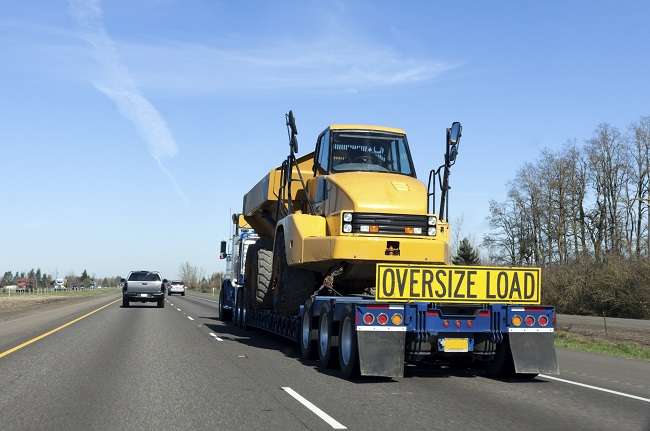The Benefits of an Automated Permitting & Routing System

Over-the-road trucking is an important component of the transportation system in North America. It requires over 3.6 million heavy-duty Class 8 trucks, more than 3.5 million truck drivers, and nearly 39 billion gallons of diesel fuel to move all that freight across the continent. The economy depends on trucks to deliver nearly 70 percent of all annually transported freight in the U.S. and Canada, accounting for USD 671 billion worth of manufactured and retail goods transported by truck in the U.S. and another USD 295 billion in trade with Canada. Trucks move more than 10.5 billion tons of freight per year, and approximately 5 percent of that tonnage was oversize/ overweight loads. Therefore, it’s important to have an automated permitting and routing system which offers significant efficiency, productivity, and cost-effective gains in the permitting and routing process to improve the motor carrier industry.
Best Practices for Routing and Permitting
As states and provinces implement and enhance automated permitting systems at an increasing rate, the safety and efficiency benefits have also grown. The benefits of automated permitting systems include:
- The average permit turnaround time (PTA) has decreased from several days or hours to minutes for most routine loads, and the turnaround for superload permits has also quickened.
- Increased compliance with a higher percentage of carriers who have ordered, obtained, and traveled on state-issued permits.
- Increased automated permit volume has proportionally boosted revenues.
- Permit accuracy has dramatically improved.
- Roadway safety for all motorists has improved.
- The structural integrity of infrastructure, including bridges and overhead structures, has improved.
Other permitting system best practices include:
- The state or province has the authority to issue permits for a port.
- The system has the functionality to issue permits for multiple states or provinces for a single OS/OW load, which promotes coordination of the OS/OW loads between states.
- Issuing local permits for carriers whose OS/OW load includes local and state roads.
- Notifying local governments of state permit loads traveling through their local jurisdiction.
The rapid development of technology creates new opportunities for the transportation industry. Moving forward, specialized transportation will reap the benefits of accurate global positioning system (GPS) data, geofencing, and software integration strategies.
Protection for Infrastructure and The Public
An important element of managing OS/OW loads is to have the capabilities to maintain a digital model of the highway system. This includes the location of all structures, detailed interchange configurations, bidirectional clearances, and all temporary restrictions. All structures and other appurtenances involved in the route must have a split-second analysis of vertical and horizontal clearances. Bridge analysis must be performed for the specific permit vehicle configuration over each specific structure. An integrated live-load bridge analysis of each structure on the route determines safe passage feasibility and any speed or lane restrictions.
Bentley Systems is a global leader providing engineers, constructors and owner-operators with comprehensive software solutions for advancing the design, construction and operations of transportation infrastructure. Bentley has provided solutions to highway agencies for more than three decades, and its proven and reliable solutions will help you manage your road assets on budget and on schedule. Bentley provides a complete solution for intelligent permitting, routing, and restriction management of oversize/overweight (OS/OW) vehicles. SUPERLOAD automates the permitting and routing of your vehicles, including application processing, route selection and analysis, and permit issuance – all in conformance with state restrictions and road conditions.

